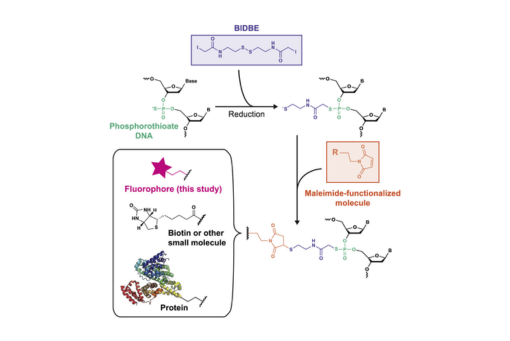Research Archive
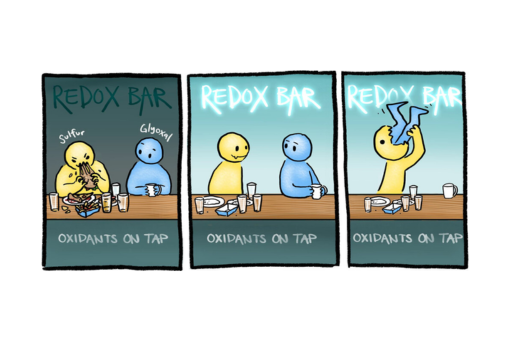
Here, we explore the effects of sunlight and oxidants on aqueous solutions of glyoxal and S(IV), and on aqueous aerosol exposed to glyoxal and SO2.

Demonstrated is the successful A2 + B2 RAFT step-growth polymerization of bis-acrylamides using a bifunctional trithiocarbonate chain transfer agent as the comonomer.

Using broadband dielectric spectroscopy, we measured the Tg of organic mixtures containing isoprene epoxydiol (IEPOX)-derived SOA components, including 2-methyltetrols (2-MT), 2-methyltetrol-sulfate (2-MTS), and 3-methyltetrol-sulfate (3-MTS).

Here, the effect of relative humidity (RH) on the deposition velocity (vd) and reaction probability (γ) of a model ROOH to naturally soiled indoor glass surfaces was investigated; specifically, by using authentic isoprene hydroxy hydroperoxide (1,2-ISOPOOH) as the model compound.
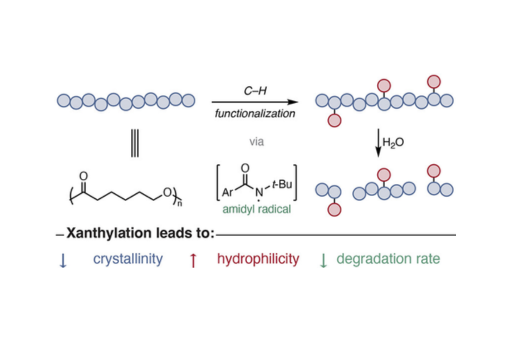
We report the C–H xanthylation of poly(caprolactone), a biodegradable polyester, which results in changes in materials properties even at small incorporations.
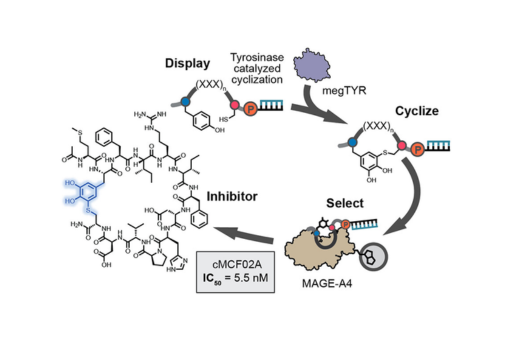
Here we show that peptides containing tyrosine and cysteine are rapidly cyclized upon tyrosinase treatment.
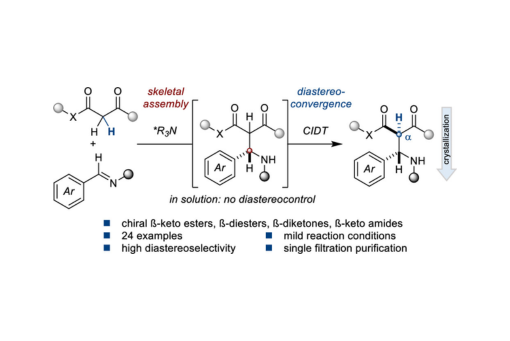
Herein, we disclose a simple catalytic crystallization-driven enantio- and diastereoselective Mannich reaction for the synthesis of stereodefined α-monosubstituted-ß-keto esters, dissymmetric ß-diesters, dissymmetric ß-diketones, and ß-keto amides that productively leverages product epimerization in solution.

We investigate how the spin-orbit-coupling-induced lifting of the spin degeneracy depends indirectly on constituting organic motifs in two-dimensional hybrid organic-inorganic perovskites.
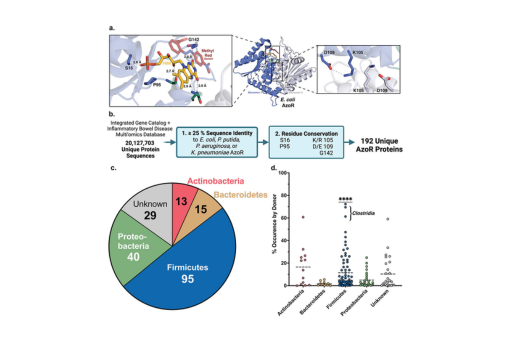
Here, we chart the scope of the structural and functional diversity of AzoRs in health and in patients with the inflammatory bowel diseases (IBDs) UC and Crohn’s Disease (CD).
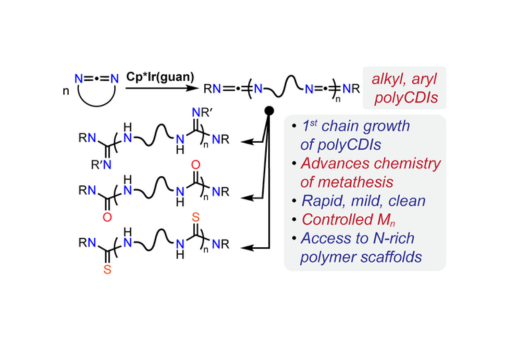
Here we report a strategy that begins to address this limitation founded on a mechanistic discovery: ring-opening metathesis polymerization (ROMP) of carbodiimides followed by carbodiimide derivatization.
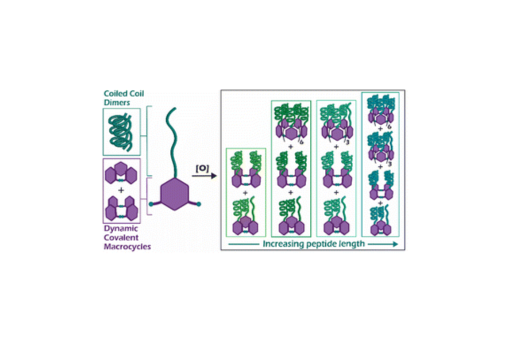
Herein we describe the use of dynamic combinatorial chemistry to self-assemble complex coiled coil motifs. We amide-coupled a series of peptides designed to form homodimeric coiled coils with 3,5-dithiobenzoic acid (B) at the N-terminus and then allowed each B-peptide to undergo disulfide exchange.


